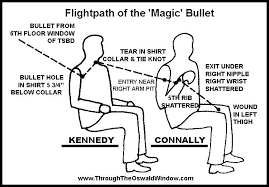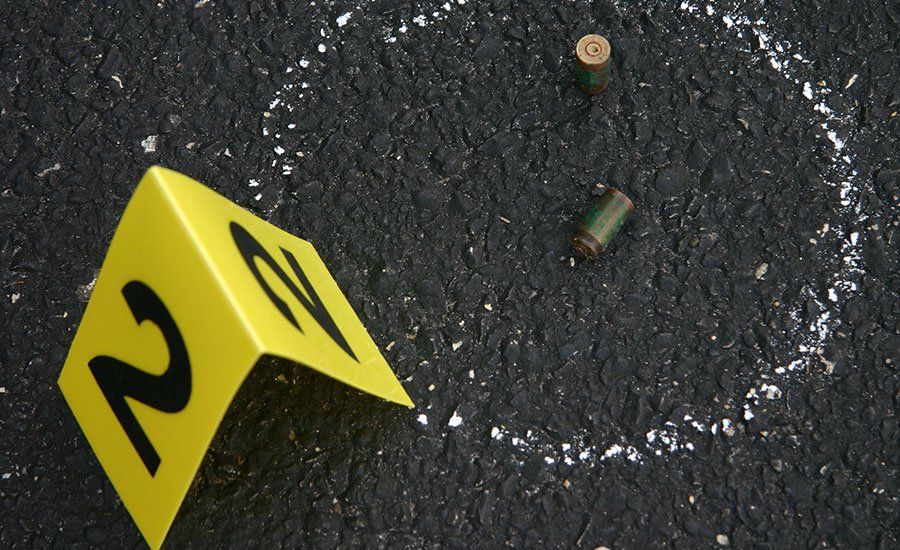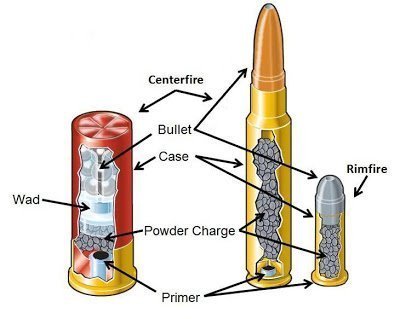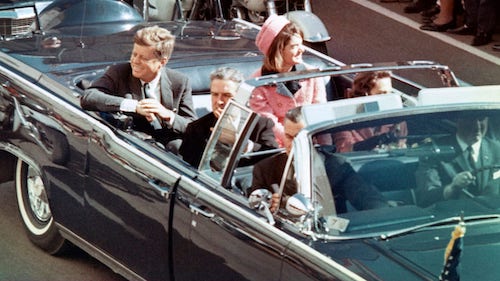IV. THE MAGIC BULLET
1. What do you know about the 1963 JFK assassination? Why is it so controversial even today?
2. What is the Single-Bullet Theory?
Watch this short video explaining that one single bullet could have killed JFK and injured Governor Connally. What do you think?

Among the flood of conspiracy theories that have risen and fallen in the years since the 1963 assassination of President John F. Kennedy, one theory has remained the focus of intense debate: the single-bullet theory.
This theory, supported by the 1964 findings of the Warren Commission investigating Kennedy's assassination, posits that the president was shot by the same bullet that also injured Texas Gov. John Connally, who sat in the front seat of the presidential limousine. Some critics sarcastically refer to this as the "magic-bullet theory."
The trajectory of the bullet that supposedly penetrated Kennedy's neck and Connally's torso is one of the many points of contention of the single-bullet theory. Critics charge that because of the position of the two men in the limousine, the bullet would have had to change course in midair to travel as proposed.
The fact that Connally was seen holding his hat in his right hand also caused suspicion, since he was supposedly wounded in his right wrist by the single bullet. The unusual circumstances surrounding the discovery of the CE 399 bullet —it was reportedly picked up off the floor by a nurse, or discovered by a hospital engineer, according to various reports— and the bullet's so-called "pristine" condition, have also given conspiracy theorists a lot to say.
The single-bullet theory gives credibility to the conclusion of the Warren Commission and other research that Oswald acted as a lone gunman who shot Kennedy because of Oswald's pro-Communist leanings and/or because of his depressed mental state.
Whether Oswald was a lone gunman, or was a pawn of Communist Cuba, or the Soviet Union, or the Mafia, or some other group, may never be known, especially since Oswald was murdered by Dallas nightclub owner Jack Ruby shortly after his arrest.
Marc Lallanilla, www.livescience.com





